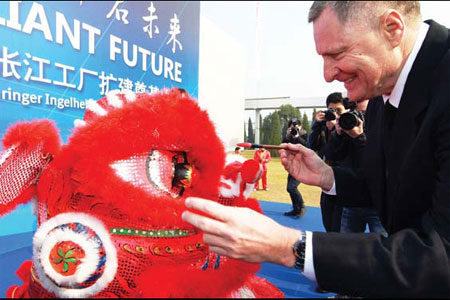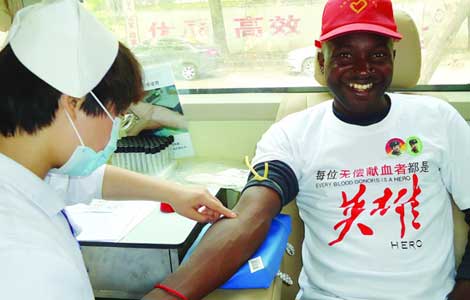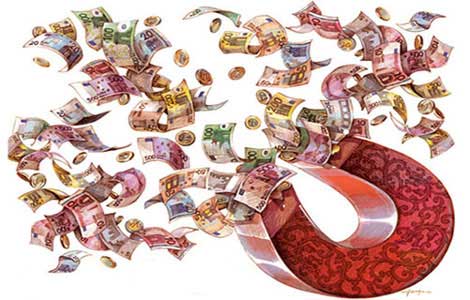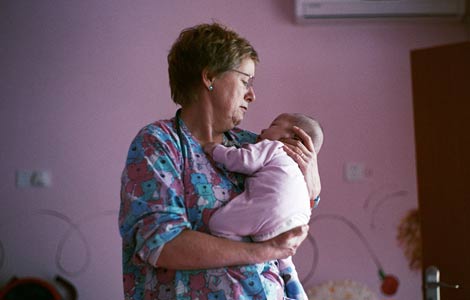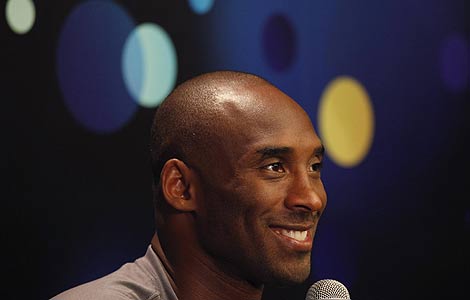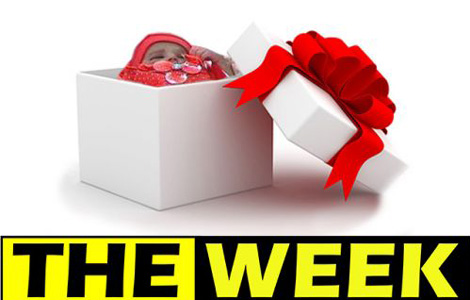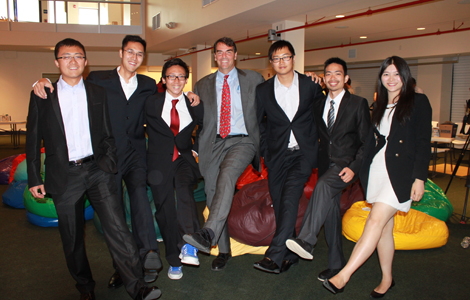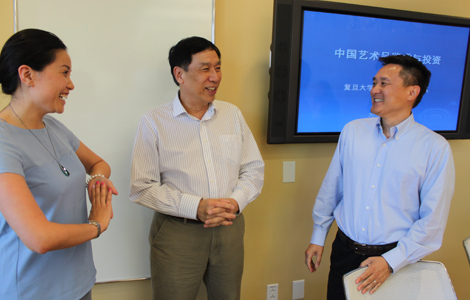Magnetic attraction for EU SMEs
Updated: 2013-08-04 23:50
By HE WEI (China Daily)
|
||||||||
European companies see new chances in China to expand
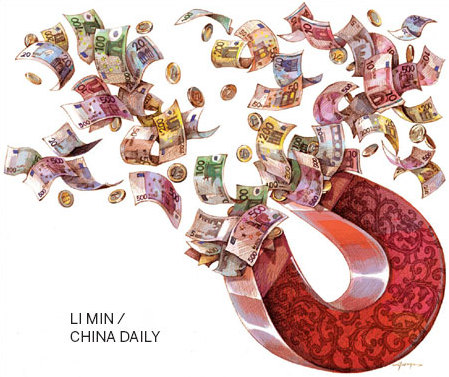
With the growth of total foreign direct investment in China falling off, the biggest waves of capital inflow may have passed. But the waves still come. Only now, they tend to be smaller or medium-sized and come roaring in from Europe.
Many expected FDI in China to continue to fall this year, after dropping 3.7 percent year-on-year to $111.72 billion in 2012, but investment from the European Union climbed 30 percent to $2.47 billion in the first four months.
In the first half of this year, foreign investors established 10,630 companies in China, down 9.18 percent year-on-year, while total FDI inflow rose 4.9 percent year-on-year to $61.98 billion, according to the Ministry of Commerce.
The investment surge from the EU is being called the new wave of capital migration and is being ridden largely by small and medium-sized enterprises that have positioned themselves at the head of niche businesses.
"It marks Europe's third wave of overseas investment," Piter de Jong, vice-chairman of the European Union Chamber of Commerce in China, told the South China Morning Post. "The first two waves were made some 20 to 30 years ago from, first, the state-owned enterprises and later big private corporations. Now it is the turn for SMEs."
SMEs recently looking to enter China include small autoparts suppliers, green technology firms and consumer goods distributors, and De Jong expects more to come.
Why they come varies from company to company, but it is now less to do with labor and operation costs and more to do with technological innovation and improvement.
Not so long ago, Thomas Pester, owner of Pester Pac Automation GmbH, a German packaging machine maker, would never have thought about expanding his 125-year-old family business to China, especially during difficult economic times.
Now he is building a new plant in Shanghai's Songjiang district, the only other plant outside his home market, to serve the pharmaceutical and cosmetics industries in China and neighboring countries.
"Every company must find out for itself when and why to invest," Pester says. "For us, a family-run business, it's quick and easy to make decisions."
It was made easier when Pester realized China was home to 5,000 pharmaceutical companies and the market remained one of the few bright spots for growth during the global economic downturn.
"Nowadays, European markets are largely saturated and have stagnated, which propelled us to look for new areas of growth. The BRICS nations (Brazil, Russia, India, China and South Africa) are definitely where new businesses would take place," he says.
"I would say the market access in China is much easier today compared with 15 years ago when everything was a bit unknown and unexpected. You find yourselves better located, where the number of English speakers has picked up dramatically, and you find flights to China are more frequent than before."
Pester Pac has supplied more than 7,000 film-wrapping, case-packing and palletizing machines to companies around the world, including Colgate-Palmolive Co and Johnson & Johnson Inc.
Pester believes that the tide of investment has now turned in favor of smaller established European companies who, inspired by the success stories in China of their bigger counterparts, have been flexing their muscles on the side, awaiting their turn.
Another German company, Boehringer Ingelheim AG, has spent $46.35 million setting up a joint venture in Shanghai and establishing itself as the first biopharmaceuticals manufacturer in China to use mammalian-cell culture technology.
"The gloomy outlook for the world economy makes China the single-most important emerging market for European small and middle-sized enterprises," says Christian Boehringer, chairman of the shareholders' committee.
The partnership with ZJ Base Co in Shanghai is an important step in Boehringer Ingelheim's strategy to meet the growing demand for high-quality biopharmaceuticals in China, Boehringer says.
"There are some small and middle-sized companies that have developed new medicines but have not come up with a set of matching manufacturing processes," he says. "We help them design ways of mass production, boost efficacy and achieve commercialization, so that their products will be licensed and find ways to market."
As markets become global, an increasing number of European SMEs are turning to exporting their ideas and efforts to other countries, says Chang Xinjie, public relations director at Haldor Topsoe (Beijing) Co Ltd, a Chinese subsidiary of the Danish catalysts producer.
In June, the company announced the purchase of land in Tianjin, North China, for a new plant that it expects to double its annual turnover.
Chang says the move is in line with Haldor Topsoe's strategy of strengthening and expanding cooperation between Denmark and China, with energy efficiency and environmental protection priorities on the Chinese government's agenda.
"In continuously driving toward greener economic growth, the Chinese government needs more and more advanced technology and solutions in agriculture, infrastructure, manufacturing, energy, environment and service sectors," Chang says.
"In these areas, EU SMEs do have something to offer and will be naturally attracted to the Chinese market."
Swiss electronic components manufacturer Huber+Suhner AG has made the single biggest investment in its history — $65 million — to establish a plant in Changzhou, Jiangsu province, producing low-frequency wire and cable products.
Most Viewed
Editor's Picks

|

|
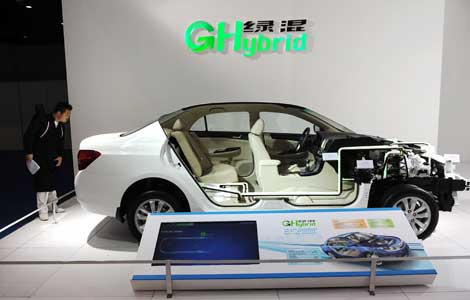
|
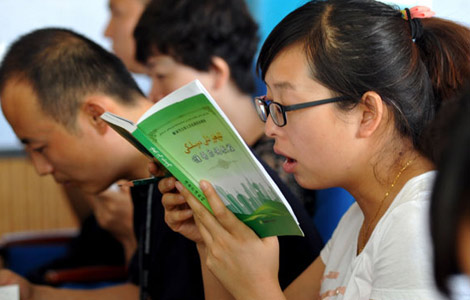
|
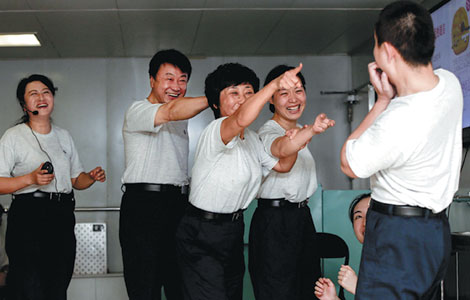
|
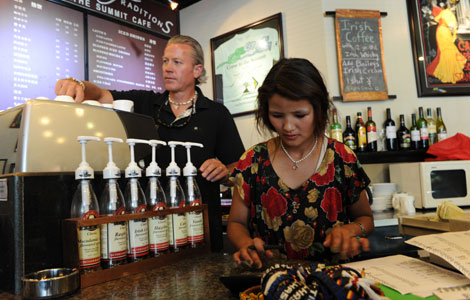
|
Today's Top News
China's obesity rate on the increase
Washington Post sold to Amazon's founder
Fonterra says sorry for 'anxiety'
Detroit Symphony brings China to NYC
Service sector drives up growth
Globalization of Chinese culture becomes hot topic
Huawei expands in London
Web 'answer to export woes'
US Weekly

|

|
